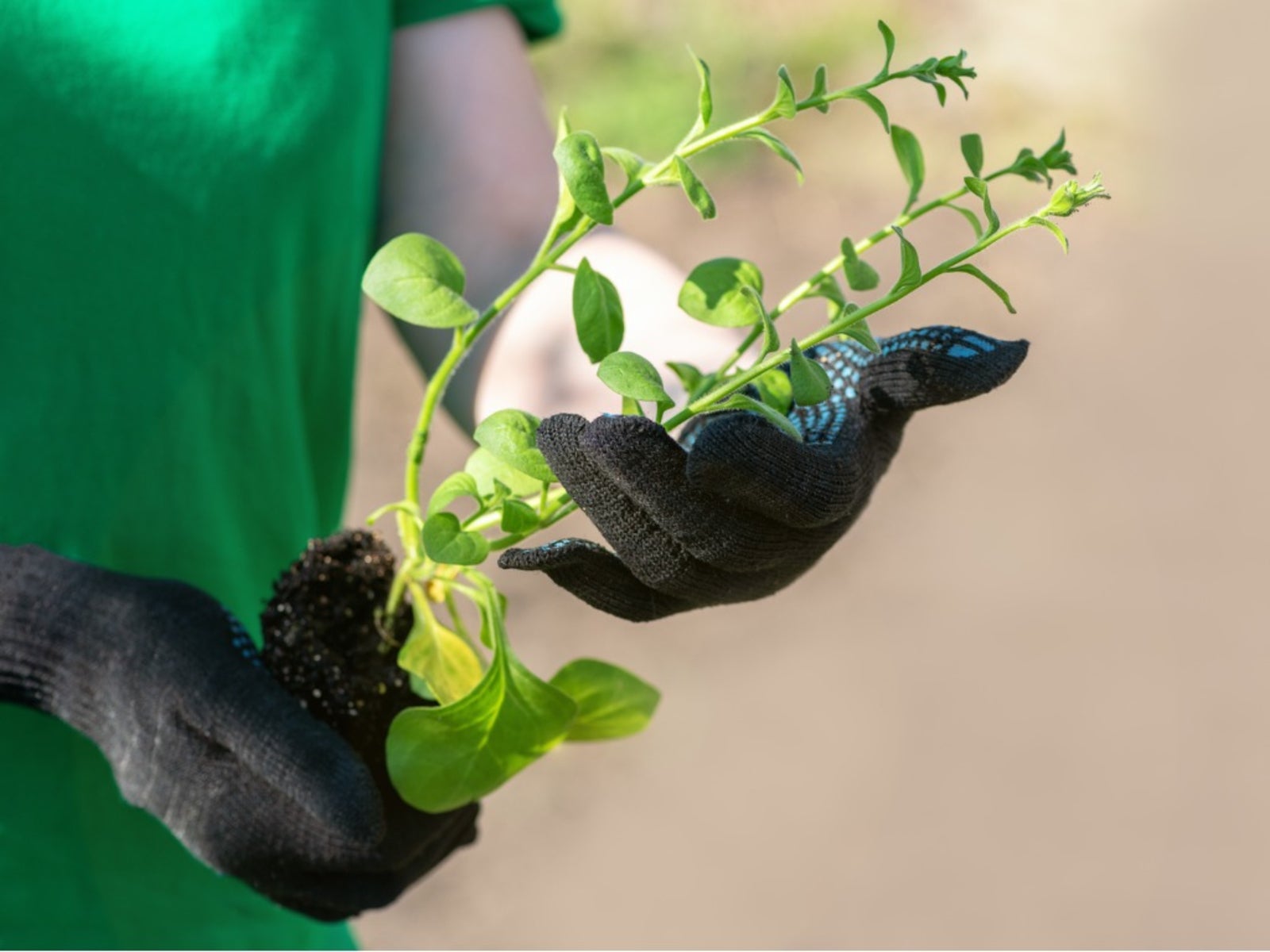Propagate Petunia Cuttings: How To Root Petunia Plants

Most flower gardeners are familiar with growing petunias from seed. They're sturdy, reliable flowers for borders, planters, and hanging gardens. What about taking petunia cuttings? Learn how to start petunias from cuttings to create dozens of new plants that are clones of the original and that will guarantee blooms earlier than any of your neighbors.
Why Propagate Petunia Cuttings?
If you want to propagate petunia to grow the same type next year, there are a couple of problems with simply saving the seeds and planting them next year. First, if you live in the northern half of the country, it may be the middle of summer before you see any blooms on your petunia plants. Second, if the petunias you grow and care for are hybrid varieties, the seeds you collect won't breed true the next year. The way to grow more plants for next year's garden is by rooting petunia cuttings.
How to Root Petunia Plants
How to root petunia plants? The best way is to begin with the absolute best example of the plant you have in your garden. You'll be making exact clones of these plants, so choose the ones with compact growth and bright, big flowers in colors you love. Take cuttings from the plant in the fall before frost arrives. Rooting petunia flowers is very simple as long as you prepare correctly. Make a mix of equal parts peat moss, sand, and plant food. Fill a flat with the mixture and mist it to moisten it all the way through. Clip leaves from the tops of the petunia plants, making sure you collect soft, flexible examples instead of older, woody types. Wrap the leaves in a damp paper towel until you can bring them inside to plant. Dip the end of each leaf into rooting hormone powder. Make a hole in the soil mix with a pencil and place the powdered stem in the hole. Push the soil around the stem to hold it in place. Plant all the leaves in the same manner, keeping about 2 inches (5 cm.) between each one. Place the tray in a cool, dark place for about three weeks. After this time, gently pull on one leaf to see if roots have begun to grow on the stem underground. Once all the leaves have stems, transplant them into individual small pots. Transfer the pots to shelves with grow lights and grow them throughout the winter. You'll have bloom-ready petunias as soon as the frost leaves, first thing next spring.
Sign up for the Gardening Know How newsletter today and receive a free copy of our e-book "How to Grow Delicious Tomatoes".